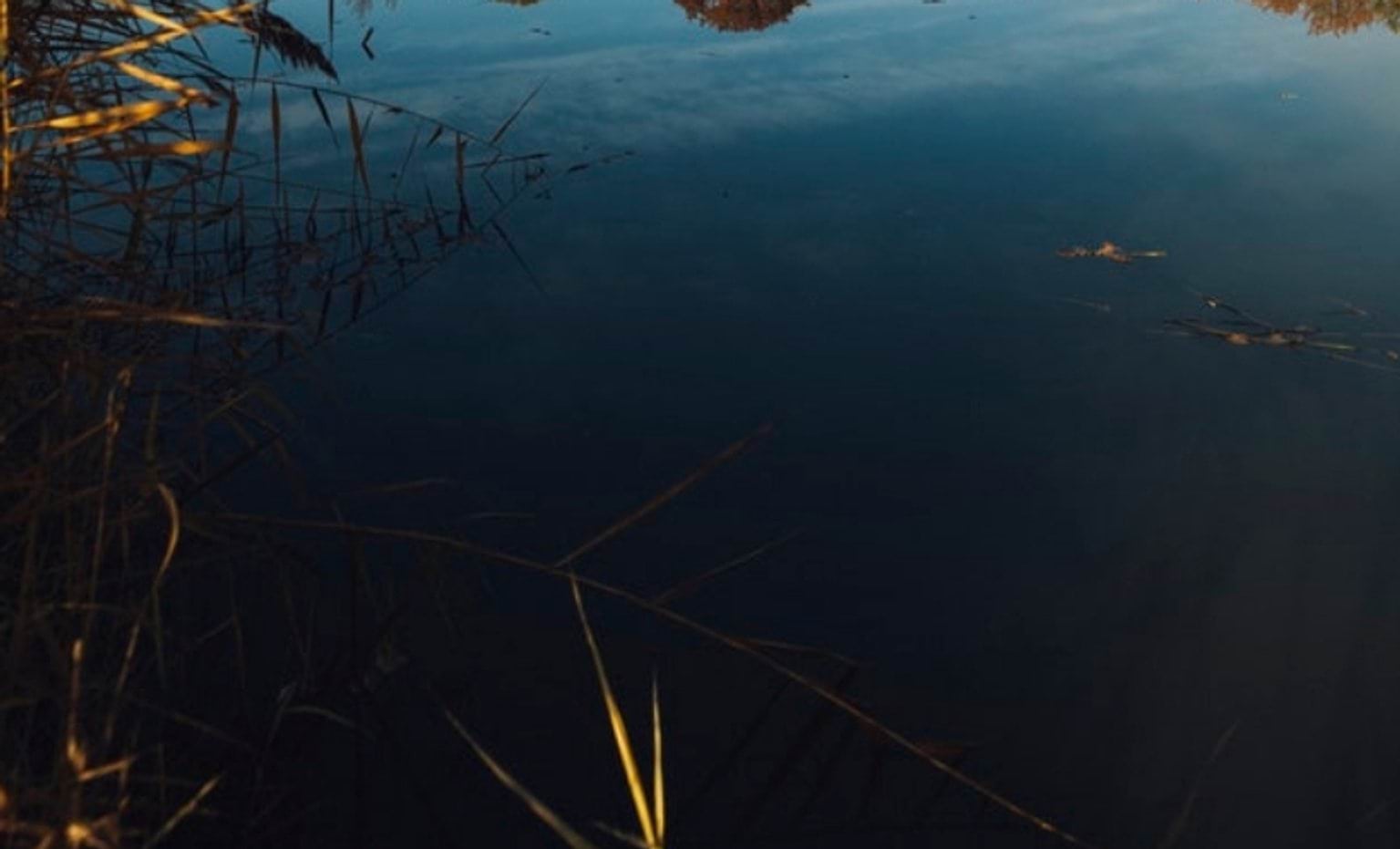- Published:
- Friday 22 March 2019 at 10:57 am
- Published by:
- Department of Premier and Cabinet

The works were undertaken as part of an approved Cultural Heritage Management Plan (CHMP), and were stopped immediately upon discovery of the human remains. The Coroner, Victoria Police and the Victorian Aboriginal Heritage Council were notified and the Coroner determined that the remains were Aboriginal Ancestral Remains and transferred their legal custody to the Council.
The Council convened an Aboriginal Ancestral Remains Advisory Committee (ARAC) who determined that the Eastern Maar Aboriginal Corporation (EMAC) were the appropriate Traditional Owner group with whom to consult. Legal custodianship of the Ancestral Remains was then transferred from Council to the Traditional Owners.
As the legal custodians of the Ancestral Remains, EMAC has the responsibility of making decisions about the most appropriate outcome for the Ancestral Remains. Consultation with representatives from Major Road Projects Victoria, VicRoads and staff from the Office of the Victorian Aboriginal Heritage Council was undertaken as part of this process.
It is very important to Aboriginal people that their Ancestors are left on or returned to Country so that they can rest peacefully. The Council is humbled to have the responsibility to ensure this happens.
What are Aboriginal Ancestral Remains?
Aboriginal Ancestral Remains are the whole or part of the body of an Aboriginal person from the past.
Victoria has been home to Aboriginal people for tens of thousands of years and its landscape is where they buried their Ancestors. Although CHMPs are undertaken to minimise the impact of disturbing Ancestors and other known cultural heritage, there are unrecorded sites across Victoria.
The desecration of our Ancestors’ remains impacts on us, it harms us. We all have a part to play so that true reconciliation can be achieved and our Ancestors returned back to their Country for reburial, where they find peace with our Spiritual Mother the land, before drifting off into the Dreamtime.
What is the law?
The Aboriginal Heritage Act 2006 provides protection for Aboriginal Ancestral Remains and says that Ancestral Remains should be owned by and returned to Traditional Owners of the area they came from.
The Council is a statutory body, established under the Act, comprised solely of Aboriginal Traditional Owners. It has statutory responsibility for responding to reports of Ancestral Remains and returning them to their rightful owners. To ensure it can respond to reports quickly, Council has delegated its decision-making responsibility regarding Ancestral Remains to ARACs.
In Victoria, anyone who discovers what they believe to be human remains must, in the first instance, notify the Coroner or Victoria Police. If the person believes the remains are likely to be Aboriginal, they must notify Council’s Ancestral Remains Unit in addition to the Coroner’s office. It is an offence not to do so.
Updated

